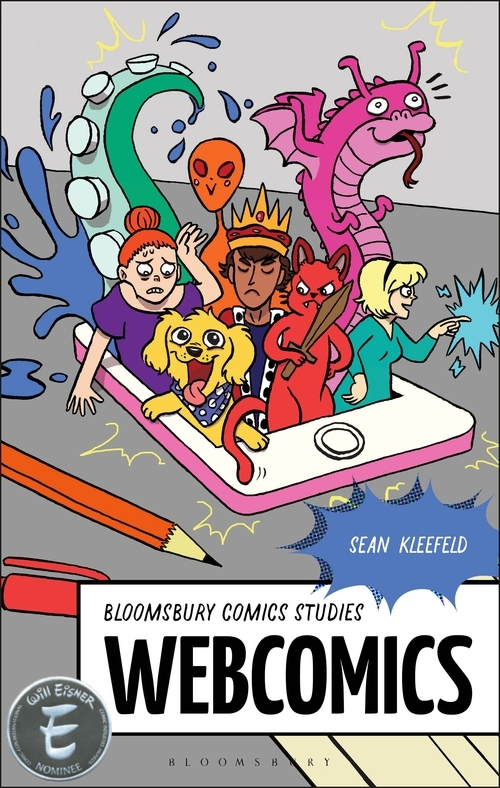Lenticular printing is a multi-step process which consists of creating a lenticular image from at least two images, and combining it with a lenticular lens. This process can be used to create various frames of animation (for a motion effect), offsetting the various layers at different increments (for a 3D effect), or simply to show a set of alternative images which may appear to transform into each other. Once the various images are collected, they are flattened into individual, different frame files, and then digitally combined into a single final file in a process called interlacing.If that didn't quite make sense, how about an example? Remember the shields that came with the original Secret Wars action figures? You dropped one of the cards into the shield and then it changed images depending on the angle you looked at it. Those are lenticular images. If I recall correctly, DC used them as a gimmick on several of their "Rebirth" comics a couple years ago too.
From there the interlaced image can be printed directly to the back (smooth side) of the lens, or it can be printed to a substrate (ideally a synthetic paper) and laminated to the lens. When printing to the backside of the lens, the critical registration of the fine "slices" of interlaced images must be absolutely correct during the lithographic or screen printing process or else "ghosting" and poor imagery might result.
Now, the reason I bring this up isn't to talk about gimmick covers or old toys. I bring this up because I recently realized that a single lenticular image is, in and of itself, a comic. You have multiple images depicted in a sequence that have to be viewed spatially.
Let's take an obvious example. I believe this image comes from an old Cracker Jack box...
Here's the thing, though: when you tilt it, it changes position. It's very close to where it started, but it's in a different place, however slight the movement is. If you hold that animated magician card in your hand, you see the first "frame" of the sequence. As long as you don't move your hand relative to your eye, it will stay stuck on that same image. In order to see the next "frame" you have to move. The card the image is printed on will no longer be in the same place and you see the next image. The movement is very slight, but you're looking at a different spot. Just the same as if you went from panel 1 of a comic to panel 2.
So if you have a sequence of images, and they're viewed in a deliberate sequence that's dictated by where they're placed in space, how is that not comic? It might be only two panels, but this is every bit a comic that the latest issue of Amazing Spider-Man is...!










0 comments:
Post a Comment